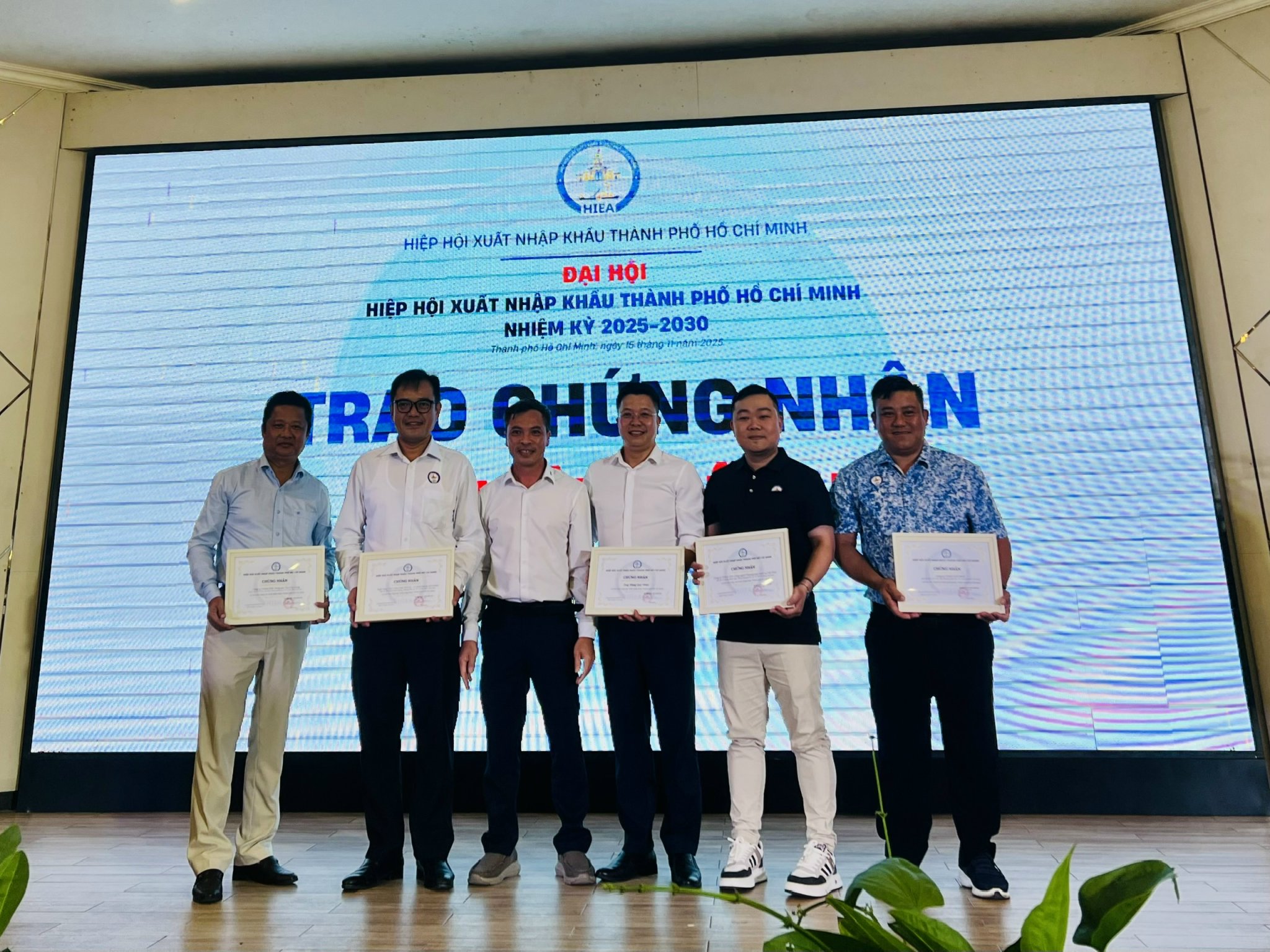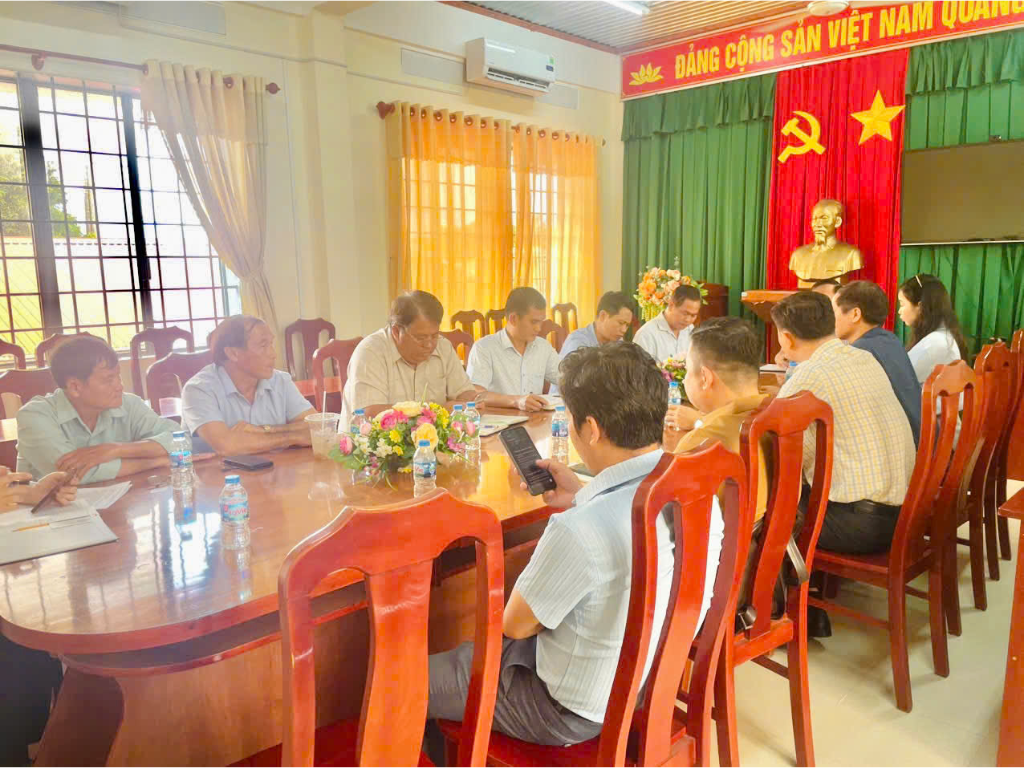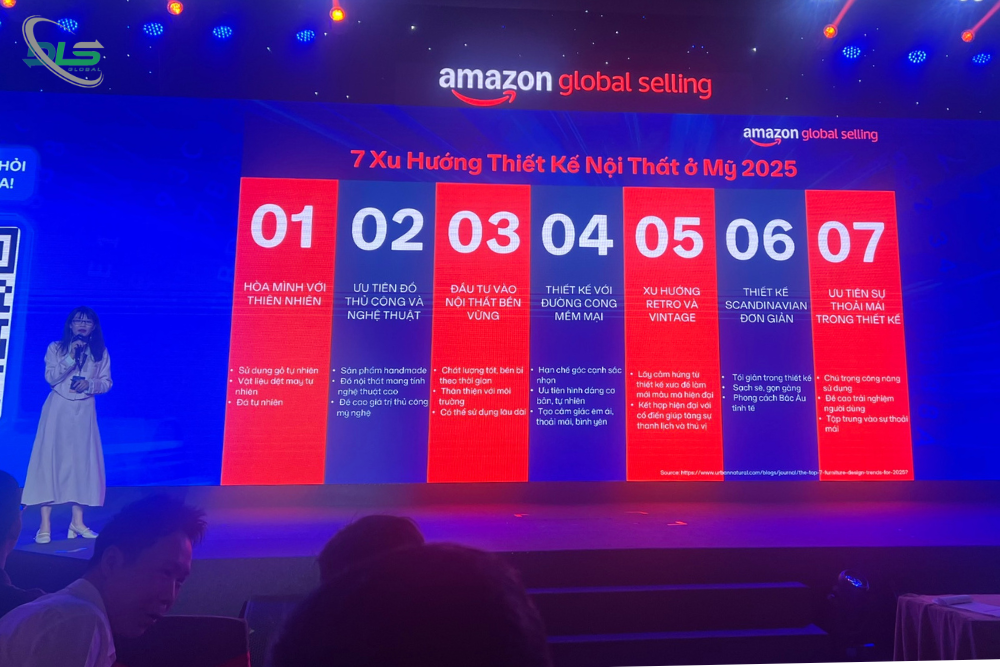To equip its team with the latest knowledge and regulations regarding the origin of goods, DLS GLOBAL recently sent representatives to attend an in-depth training session organized by the Vietnam Chamber of Commerce and Industry (VCCI) on the topic: “UPDATE, GUIDANCE ON ISSUING CERTIFICATES OF ORIGIN UNDER NEW REGULATIONS AND SOLUTIONS FOR TRADE RISK MANAGEMENT“.
In the context of numerous fluctuations in international trade, especially the tariff policies of major markets like the United States, accurately determining the origin of goods has become more crucial than ever. Understanding this, DLS GLOBAL always proactively updates regulatory changes to ensure that our clients’ import-export processes run smoothly and potential risks are minimized.
During the training session, experts from VCCI provided detailed and up-to-date information on the process of issuing Certificates of Origin (C/O), particularly the significant changes that have recently come into effect. DLS GLOBAL has fully grasped the core content, including:
Significant Changes Regarding the Certificate of Origin:
- Change in the Organization Issuing C/O under Norway and Switzerland’s GSP: As of May 5, 2025, VCCI is no longer authorized to issue Certificates of Origin (C/O), Certificates of Non-Manipulation (CNM), and accept registrations for Registered Exporter (REX) numbers under the Generalized System of Preferences (GSP) of Norway and Switzerland. This decision was issued under Decision No. 1103/QD-BCT of the Minister of Industry and Trade, revoking the authorization granted to VCCI in 2018.
- Electronic C/O FORM B: Another notable change is the transition from paper-based C/O FORM B to an electronic format. This promises to streamline the C/O issuance process, making it faster, more convenient, and reducing administrative procedures.
Key Criteria for Determining the Origin of Goods:

To accurately determine the origin of goods, businesses need to understand the following basic criteria:
- RVC (Regional Value Content): The percentage of the value added in the originating region to the total value of the goods.
- CTC (Change in Tariff Classification): A change in the HS code between the non-originating inputs and the final product.
- CC (Wholly Obtained): Goods that are wholly obtained in a single country or territory (e.g., minerals extracted, agricultural products harvested).
- CTH (Change in Tariff Heading): A change in the heading level of the HS code between the non-originating inputs and the final product.
- CTSH (Change in Tariff Subheading): A change in the subheading level of the HS code between the non-originating inputs and the final product.
Understanding and correctly applying these criteria is crucial to ensure that your goods meet the requirements for origin and benefit from any applicable tariff preferences.
Regulations on Simple Processing or Working Operations (According to Article 9 of Decree 31/2018/ND-CP):

According to the regulations, the following processing or working operations, when performed individually or in combination, are considered simple and shall not be taken into account when determining the origin of goods in a country, group of countries, or territory:
- Preservation of goods during transportation and storage (ventilation, spreading out, drying, chilling, placing in salt, sulfur dioxide fumigation, or adding other additives, removal of damaged parts, and similar operations).
- Simple operations such as dusting, sifting, screening, sorting (including the making-up of sets), cleaning, painting, cutting into portions.
- Changes of packaging and breaking-up or assembly of consignments; bottling, placing in flasks, bags, cases, boxes, fixing on cards or boards, and other simple packaging operations.
- Affixing marks, labels, or other like distinguishing signs on products or their packaging.
- Simple mixing of products, whether or not of different kinds.
- Simple assembly of parts of products to constitute a complete product.
- A combination of two or more of the operations specified in points (1) to (6).
- Slaughtering animals.
General Criteria for Goods to Obtain Origin:
For a product to be considered originating from a specific country or territory, it usually must meet one of the following criteria:

- Wholly Obtained: As mentioned above, the goods must be entirely extracted, produced, or grown in that country.
- Substantial Transformation: For goods produced from non-originating materials, the processing or working carried out in a country must result in a significant change in the characteristics, form, purpose of use, or value of the initial materials. “Substantial transformation” is often demonstrated through specific rules such as:
- Change in Tariff Classification (CTC) Rule: Requires a change at a certain level in the Harmonized Commodity Description and Coding System (HS) between the input materials and the output product.
- Regional Value Content (RVC) Rule: Requires the proportion of value added in the producing country to reach a certain minimum level.
- Specific Processing Rules: For certain industries, there may be specific rules regarding the processing or working that must be performed in a country for the product to be considered originating from that country.

Understanding the regulations on simple processing or working operations and the criteria for determining origin is crucial for businesses to prove the legitimate origin of their goods, take advantage of trade preferences, and avoid unnecessary legal risks.
DLS GLOBAL is committed to continuously updating and disseminating this important information to our valued customers, ensuring smooth and efficient import-export processes.
Contact DLS GLOBAL today for expert advice on the origin of goods and optimal logistics solutions!
- ROAD TRANSPORTATION
- C/O Form B for Goods Exported to the USA: A Comprehensive Guide from A to Z
- Phu Vinh Commune Launches the Green Banana Production and Export Chain Development Plan
- The Vietnam-US Trade Agreement: New Opportunities and Challenges – DLS GLOBAL Always by Your Side
- DLS GLOBAL: Seamless Logistics Solutions for Exporting Vietnamese Wooden Furniture to the USA








